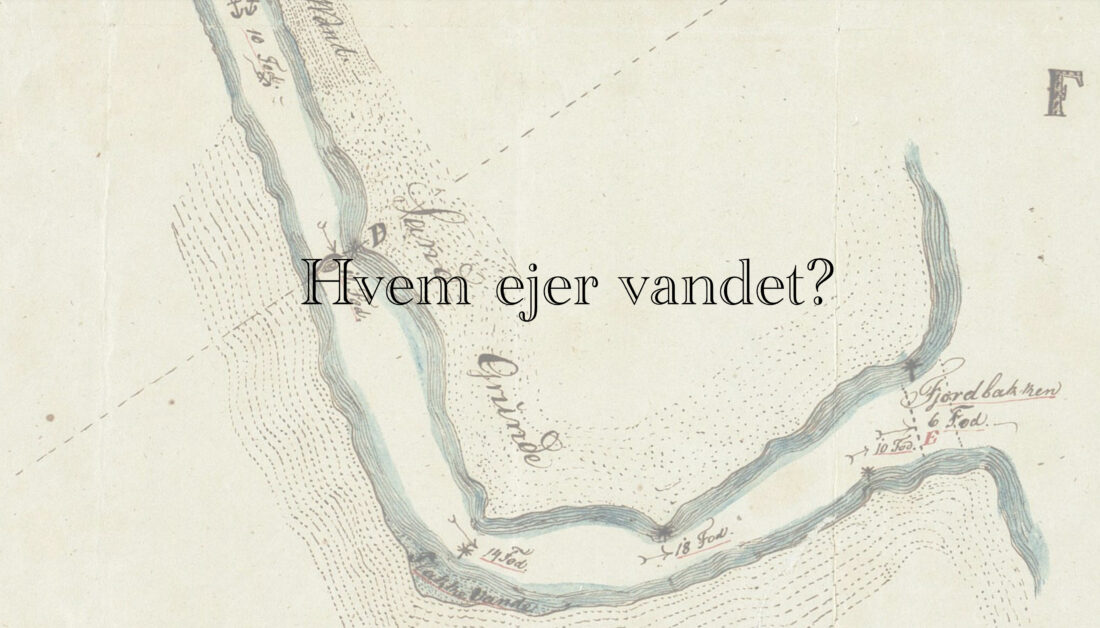
Conference presentation
For centuries, we have tried to manage and control the water in our cities and landscapes. However, climate change and extreme weather are putting our manmade boundaries under pressure. Turning this development around will require new planning strategies – and a new understanding of the ways of water.
The conference ‘Hvem ejer vandet? ’ (Who Owns the Water?) at Aarhus School of Architecture invited a debate about what legal, cultural and technical steps we can take to protect access to this vitally important resource for the future, not just for humanity but for other life forms as well. Water shapes our landscapes and has a decisive impact on human settlements and farming. For almost two hundred years, we have sought to regulate water through legislation and technical measures, but today, cities, towns and landscapes are challenged by water, which is not held in check by laws, built structures or municipal boundaries. Meanwhile, we have drained areas that play a crucial role for biodiversity in Denmark.
‘Hvem ejer vandet?’ (Who Owns the Water?)”Hven ejer vandet?” rejste spørgsmålet: This raises an urgent question: can we plan our use of space in ways that rely more on working with, not against, water? Can we develop a modern society with room for a natural water system?
The event was part of the project ‘Vandets veje’ (The Ways of Water), which is a collaboration between the Danish Association of Architects, the Dreyer Foundation and Aarhus School of Architecture under Agenda Earth. The project aims to combine the competences of the architecture and legal professions in a common effort to link the development of our physical environment with the legal conditions and thus ensure a new balance between cities, landscapes and nature.